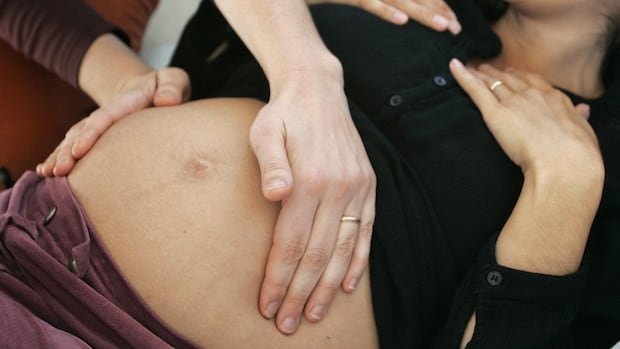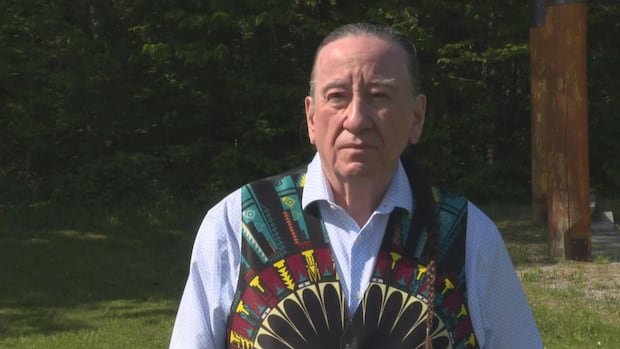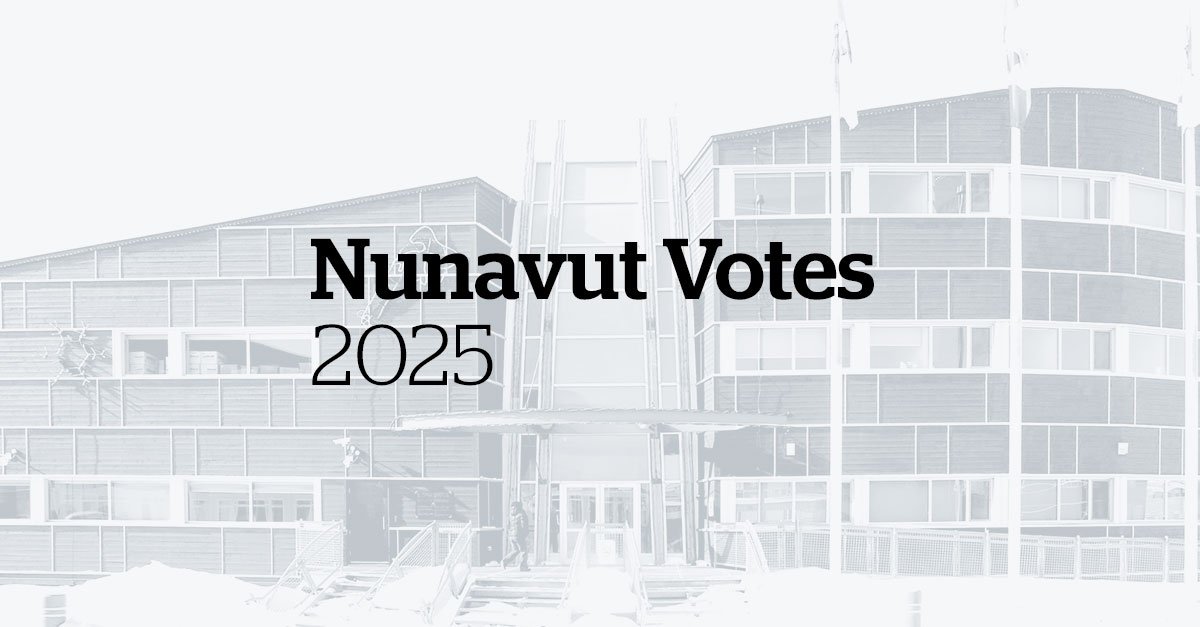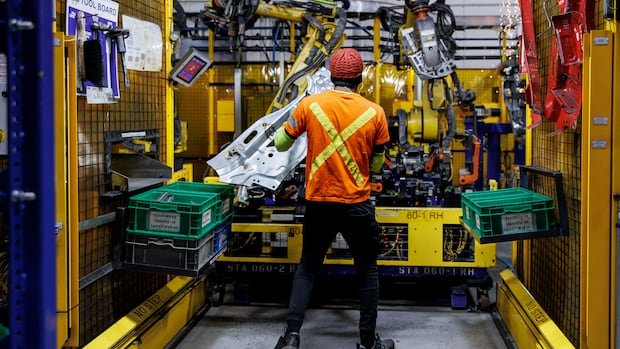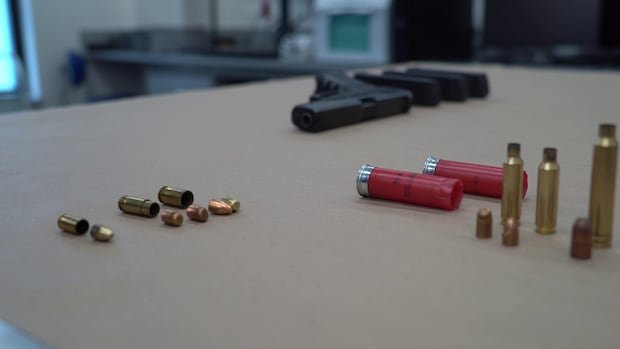A new report looks at how Indigenous people who have experienced forced or coerced sterilization can have future pregnancies.
The report from the Center for Health Law, Policy and Ethics at the University of Ottawa and the Survivors’ Circle for Reproductive Justice outlines the options, costs and barriers for survivors of forced and coerced sterilization to restore fertility.
Options described include tubal ligation reversal, in vitro fertilization (IVF), surrogacy, and egg donation.
“This is an opportunity, a possibility that many may never have dreamed was an option,” said Harmony Redsky, executive director of the Circle of Survivors for Reproductive Justice.
Redsky, of the Wasauksing First Nation in Ontario, said this is just the beginning of how survivors can have families after experiencing forced or coerced sterilization.
The lack of access to services and the lack of comfort that Indigenous people feel when trying to access those services remain significant barriers, he said.
“How many opportunities have there been to have these debates about reproductive justice?” Redsky asked.
“When before has information about those services and treatments been shared with you…?”
Redsky said he also hopes to see progress on this issue as it relates to the law. TO bill introduced by Métis Senator Yvonne Boyer aims to criminalize sterilization performed without consent.
Katy Bear, a survivor of forced sterilization two decades ago who recently gave birth to a baby girl, was one of the report’s co-authors.
Redsky said Bear’s contributions were key to understanding the broad impacts of the issue.
The report recommends patient advocacy positions along with a list of care providers who specialize in restoring fertility and creating more cultural safety guidelines for care providers.
Bear said that of the approximately 300 members of the Circle of Survivors who have experienced forced or coerced sterilization, it currently supports about five women who hope to have a child again.
“Is [re]Unfortunately, not only are traumas opened up, but new traumas are created to reverse what the government has done,” Bear said.
In general, more information is also needed by survivors, some of whom may not even know what happened to them, he said.
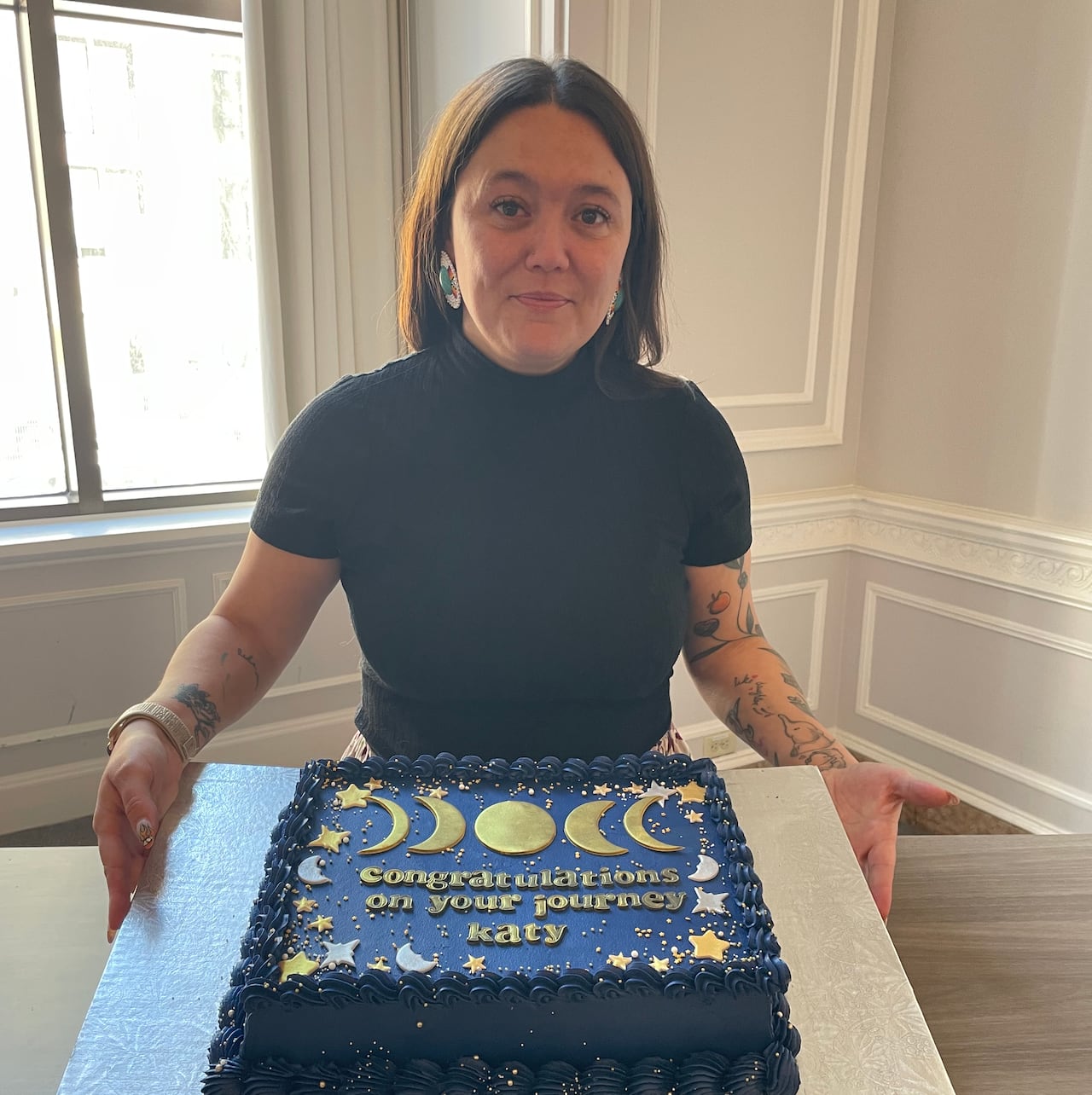
“Even I didn’t know for years and years what had happened to me,” Bear said.
Additionally, healthcare providers may tell survivors that sterilizations could be easily reversed, which is not always the case. According to Redsky, problems accessing information about care and the challenges of obtaining care in remote or isolated communities can be significant barriers for survivors.
In addition to all these issues, the cost of revocation procedures is usually high.
“Why did I have to pay $7,000 for something I never chose?” Bear said.
The Circle of Survivors has a Healing Support Fund which offers up to $30,000 for people to access reproductive technology like IVF, and up to $10,000 for other services like therapy.
“By examining costs, service availability, and the importance of cultural safety, we aim to inform evidence-based health system and policy change. Ensuring survivors have equitable access to fertility care is an essential part of reconciliation,” Vanessa Gruben, a professor at the University of Ottawa and one of the report’s authors, said in a news release.
“The Indigenous experience of the health care system has been bleak,” Redsky said.
“We have a lot more work to do with…the health professionals within the assisted reproductive technology services available in Canada to make sure those cultural safeties are there.”
Bear said he hopes people will approach their local Members of Parliament to ask them to support the bill.




